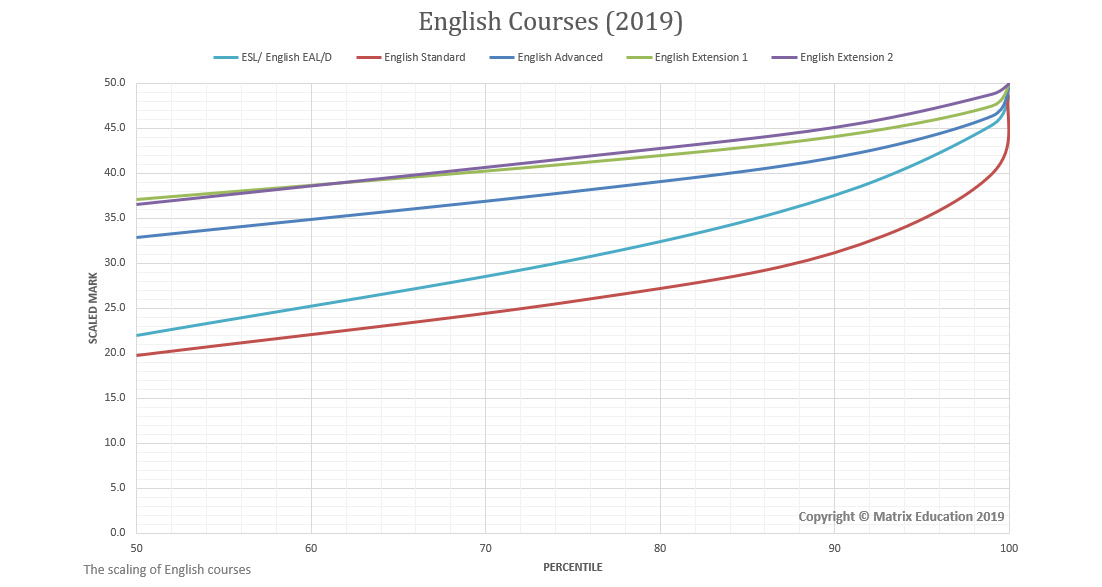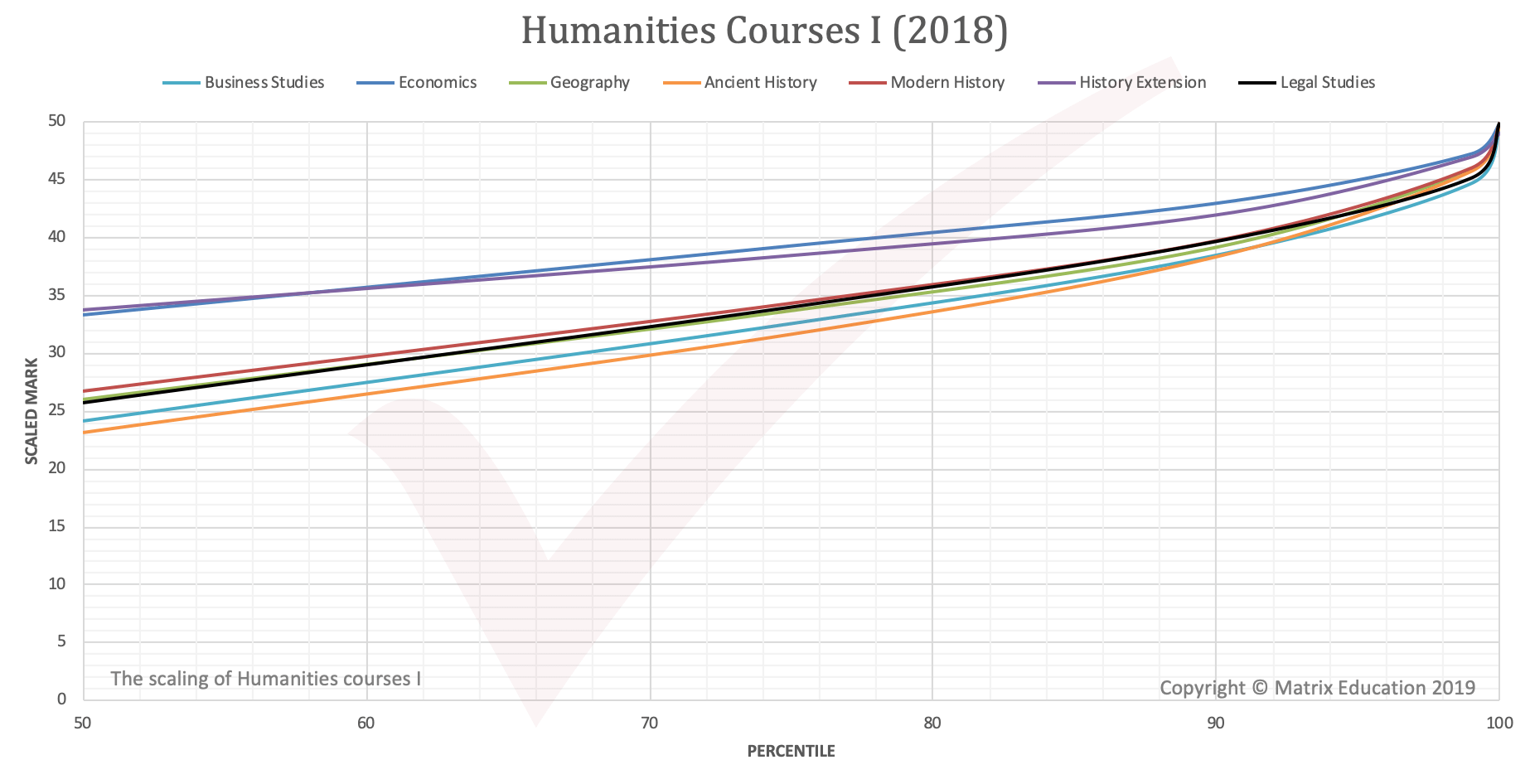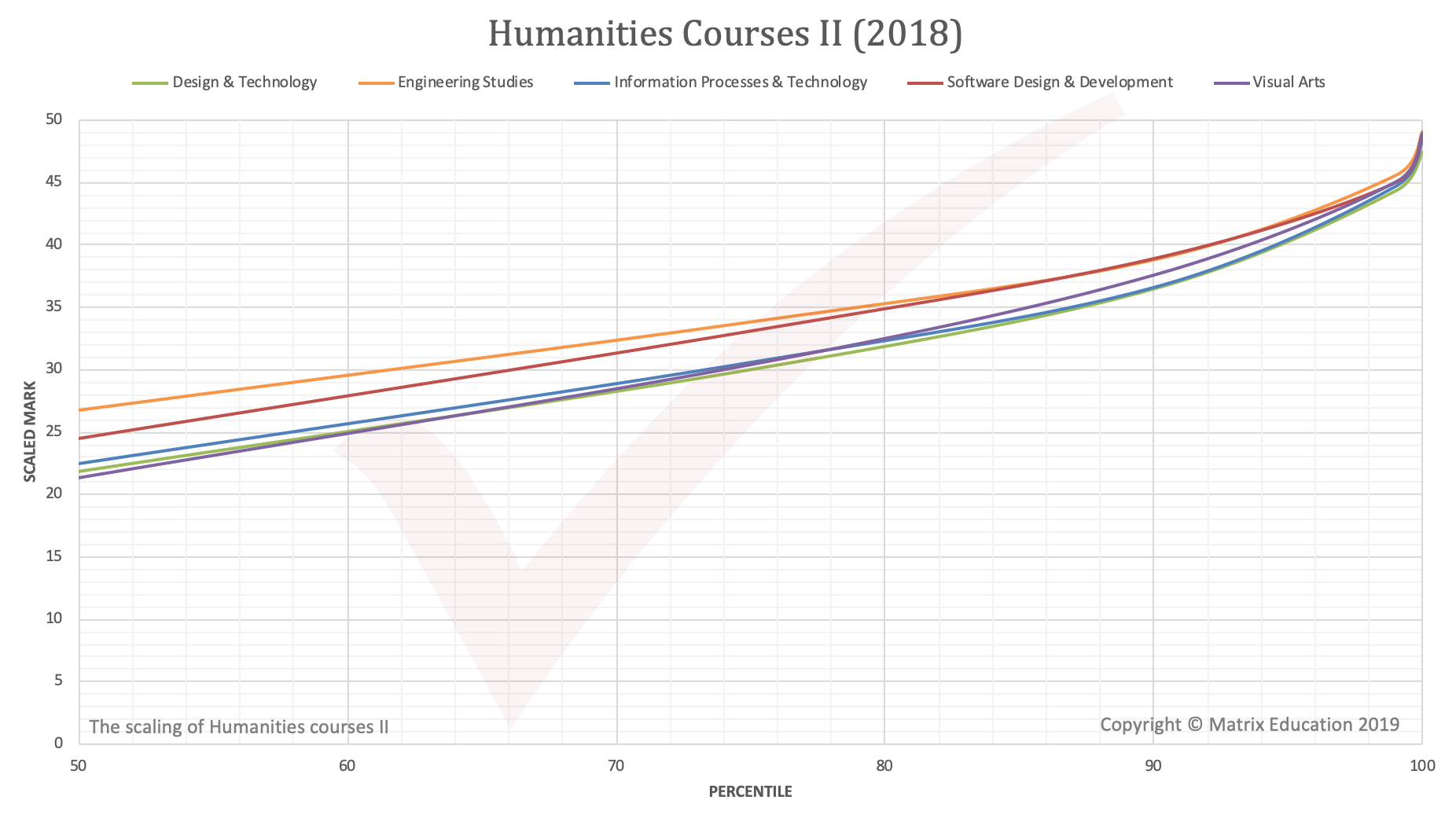Welcome to Matrix Education
To ensure we are showing you the most relevant content, please select your location below.
Select a year to see courses
Learn online or on-campus during the term or school holidays
Learn online or on-campus during the term or school holidays
Learn online or on-campus during the term or school holidays
Learn online or on-campus during the term or school holidays
Learn online or on-campus during the term or school holidays
Learn online or on-campus during the term or school holidays
Learn online or on-campus during the term or school holidays
Get HSC Trial exam ready in just a week
Get HSC exam ready in just a week
Select a year to see available courses
Science guides to help you get ahead
Science guides to help you get ahead

What is HSC scaling and how does it affect your ATAR? In this guide, we’ll explain how your HSC marks are scaled by UAC (University Admissions Centre), how scaling works across subjects, and what that means for your final ATAR calculation.
HSC scaling is the process of converting your raw HSC marks into scaled marks, which are then used to calculate your ATAR.
Here’s an overview of how it works:
The purpose of HSC scaling is to make sure everything is fair between subjects. HSC scaling estimates what your marks would look like if every student studied every subject. This allows your performance to be compared fairly, no matter which course you take.
At the end of the scaling process:
Your marks in different subjects are converted into a UAC score (also called an aggregate),
Your scaled marks may differ from your raw HSC marks, but your ranking within each subject stays the same.
The table below shows an example of HSC marks vs scaled marks for various ATAR subjects.
| Table: Scaling of HSC marks | |||
| Subject | Units | HSC mark | Scaled mark |
| English Advanced | 2 | 86 | 74 |
| Mathematics Advanced | 2 | 94 | 86 |
| Business Studies | 2 | 88 | 76 |
| Chemistry | 2 | 90 | 88 |
| Modern History | 2 | 89 | 80 |
| History Extension 1 | 1 | 46 | 42 |
As you can see, the scaled marks can be quite different from the raw HSC marks, depending on the subjects. This shows it’s important to understand how HSC scaling works when interpreting your results and planning your subject choices.
Different HSC subjects vary in difficulty and competition. For example, how do you compare one student who scored a 90 in Mathematics Extension 2 to another student who scored 90 in Mathematics Advanced? It is impossible to do such a comparison without applying scaling to the marks!
The table below shows HSC marks in Maths Ext 2 and Maths ADV can only be compared fairly using scaled marks.
| Table: Scaling of Mathematics Advanced and Extension 2 | ||
| Subject | HSC Mark | Scaled Mark |
| Mathematics Advanced | 91 | 79 |
| Mathematics Extension 2 | 93 | 93 |
The same marks in different courses are not necessarily equal. HSC scaling ensures students aren’t advantaged or disadvantaged by choosing one HSC subject over another.
Every HSC student takes a different combination of subjects. Without scaling, there would be no fair way to compare performance across different subjects.
Think of HSC scaling like converting foreign currency:
Your HSC mark is the original value (e.g. US Dollars),
Your scaled mark is the converted value (Australian Dollars.
Different subjects have different “conversion rates”, just like different currencies have different exchange rates. This ensures consistent comparison across subjects when calculating your ATAR.
Below, we’ve included scaling graphs for key HSC subjects to help you understand how different courses are scaled in the ATAR calculation process.
These graphs are based on data from a previous HSC cohort (2018), but they still offer valuable insight into how subject scaling works, and what kind of percentile ranks are needed to achieve specific scaled marks.
The scaling graphs of the following HSC subjects are provided below:
Each graph shows the relationship between your percentile rank (horizontal axis) in a course and your resulting scaled mark (vertical axis), which is a UAC score converted from an HSC mark.
You can use the Matrix ATAR calculator to determine your HSC Mark, Percentile and Scaled marks for each course as well.
The scaling graph for English courses is shown below.
From the English Scaling graph, we can see:
If you are capable of undertaking Advanced English as one of your ATAR courses, then you should avoid undertaking Standard English, as it is NOT a subject that is scaled well.
If you are good at English, consider Advanced or Extension English
English is the only compulsory subject, and therefore your best two units of English are taken into account when determining your ATAR. So, English plays an important role in determining whether you get a good ATAR or an exceptional ATAR!
Boost your HSC English Advanced marks!
Expert teachers, detailed feedback, and 1-to-1 support to help you excel. Book your free trial today.
The scaling graph for Mathematics courses is shown below.
From the Mathematics Scaling graph, we can see:
If you are a capable Mathematics student and are deciding between Extension 1 & Extension 2 Mathematics, you should still undertake Extension 2 Mathematics.
If you are good at Mathematics, consider Mathematics Ext 1 or Ext 2.
Mathematics Extension 1 & 2 is scaled very well. A Mathematics Extension 1 & 2 student will need to be ranked in the 76th percentile (top 24%) and 52nd percentile (top 48% ) to receive a scaled mark of 45/50 or 90/100 whereas or Mathematics Advanced student will need be ranked in the 98th percentile (top 2%) to receive the same scaled mark.
If you choose General Mathematics, you must ace it.
Boost your HSC Maths Adv marks!
Expert teachers, weekly quizzes, one-to-one help! Book your free trial today and ace your next assessment.
The scaling graph for Science courses is shown below.
From the Science Scaling graph, we can see:
Chemistry and Physics scale slightly better than Biology.
If you are good at Science, consider Chemistry and Physics or Biology over Senior Science.
Therefore, Biology students must be ranked higher to obtain the same scaled mark as Physics and Chemistry students.
Build your high school Science skills and confidence
Step-by-step lessons, weekly quizzes, and clear feedback from expert teachers — trusted by 20,000+ families. Book a free trial today.
The scaling graphs for Humanities courses are shown below.


Economics scales better than business studies or legal studies. An Economics student only needs to be ranked in the 80th percentile to receive 40/50 scaled mark whereas a Business Studies student will need to be ranked in the 95th percentile to receive 40/50.
Modern History scales better than Ancient History. Extension subjects such as History Extension always scale well.
If you do are good at Music, consider Music 2 or even Music Extension over Music 1.
The scaling graphs for Language courses are shown below.
Continuers scales better than Beginners courses. For example, Japanese Continuers scales better than Japanese Beginners.
If you are good at Languages, consider Continuers course over the Beginners course.
Latin Continuers and Latin Extension are the best scaling courses for Languages.
When choosing your subjects for Year 11 and 12, students should not choose their subjects based on scaling. However, scaling should be used to determine the percentile required to achieve your desired scaled mark for each course.
Students are advised to consider the following questions when selecting subjects for Year 11 & 12.
Understanding HSC scaling is the first step. Mastering your subjects is what truly lifts your ATAR. At Matrix, our expert teachers, structured programs, and proven resources help you boost your English, Maths, or Science scaled marks.
Try Matrix for free!
Experience the Matrix advantage for yourself, risk-free. Book a free trial today and join a class!
© Matrix Education and www.matrix.edu.au, 2025. Unauthorised use and/or duplication of this material without express and written permission from this site’s author and/or owner is strictly prohibited. Excerpts and links may be used, provided that full and clear credit is given to Matrix Education and www.matrix.edu.au with appropriate and specific direction to the original content.